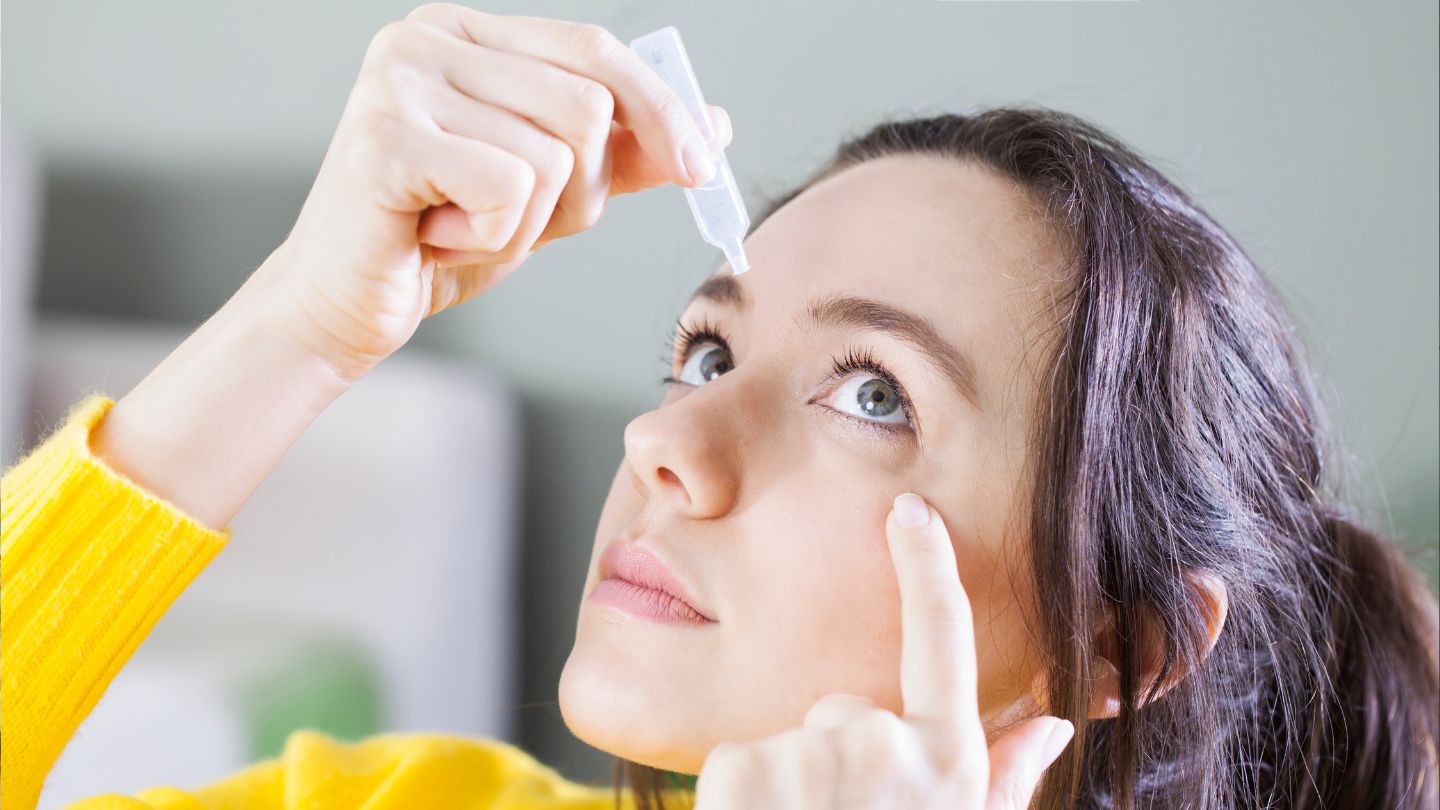Lacrimal obstruction, also known as dacryostenosis or dacryocystitis. It is a medical condition that affects the lacrimal system, which is responsible for the production and drainage of tears. Lacrimal obstruction results in a partial or complete blockage of the duct system that carries tears from the surface of the eye to the nose.
Normally, tears drain from the surface of the eye into the nose via the nasolacrimal duct. Naturally, when this duct becomes blocked, it can lead to various symptoms and problems. If this duct becomes blocked, tears can accumulate and spill down the cheeks, even when the person is not crying.
Causes of lacrimal obstruction
We can differentiate between two main causes, namely:
- Congenital: Some children are born with blocked tear ducts, or it is also possible that these ducts are not fully developed at birth. In these cases the problem usually goes away on its own.
- Acquired: Lacrimal obstruction can also occur as a result of infections, injuries, tumours or inflammatory processes.
Symptoms
- Excess tearing: Because tears cannot drain properly, there may be constant excess tearing that overflows onto the face or cheeks.
- Swelling and redness: The area around the eye may become swollen and red, especially if there is an associated infection.
- Pain and tenderness: Pain may be experienced in the tear duct area, and the area may become tender to the touch.
- Purulent discharge: In cases of infection, there may be a discharge of pus.
In some cases it is necessary to treat the cause of the obstruction by reopening the duct. At Vistaláser, this is done with a minimally invasive treatment using a fine laser beam and a nasal endoscope, which reconstructs the duct to restore normal tear drainage and stop tears from spilling over the cheeks.
Treatment of lacrimal obstruction
Each case must be assessed by the ophthalmologist in consultation, although there are surgical solutions, in many cases it is totally unnecessary. These are the most frequent treatments when a patient presents with lacrimal obstruction:
- Massage: In mild cases, the tear duct area can be massaged to help open the duct.
- Artificial tears: The use of artificial tears may help relieve the dryness associated with the blockage.
- Antibiotics: If an infection is present, antibiotics may be prescribed.
- Probing and irrigation: In more severe cases, a procedure may be performed to open or unblock the tear duct.
- Surgery: In persistent situations, surgery may be necessary to correct the blockage.
It is essential to see an ophthalmologist to assess the cause and determine the best treatment approach depending on the severity and nature of the tear duct obstruction. If you identify yourself with this type of problem, you can now make an appointment at your nearest Vistaláser clinic.

Leave A Comment